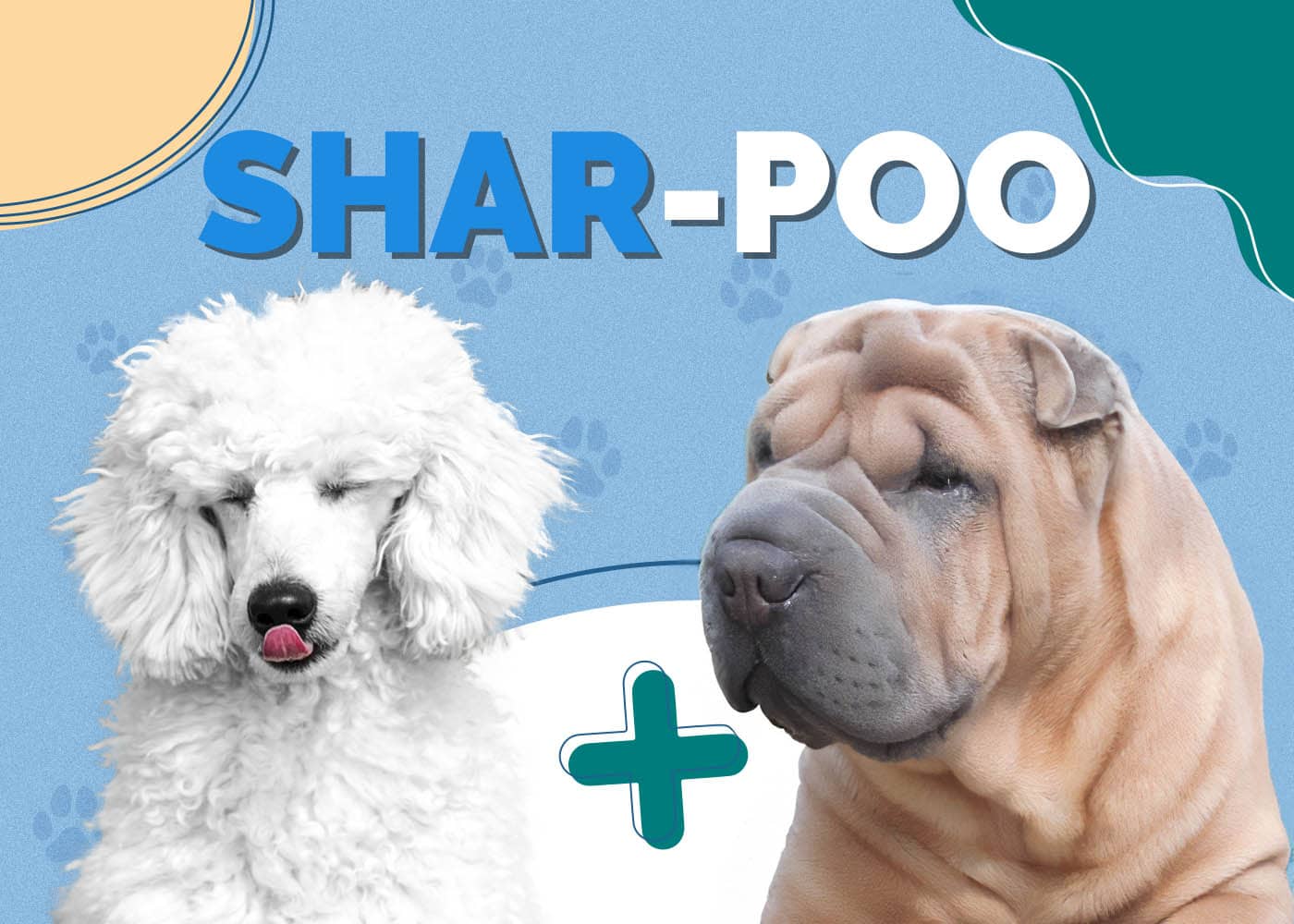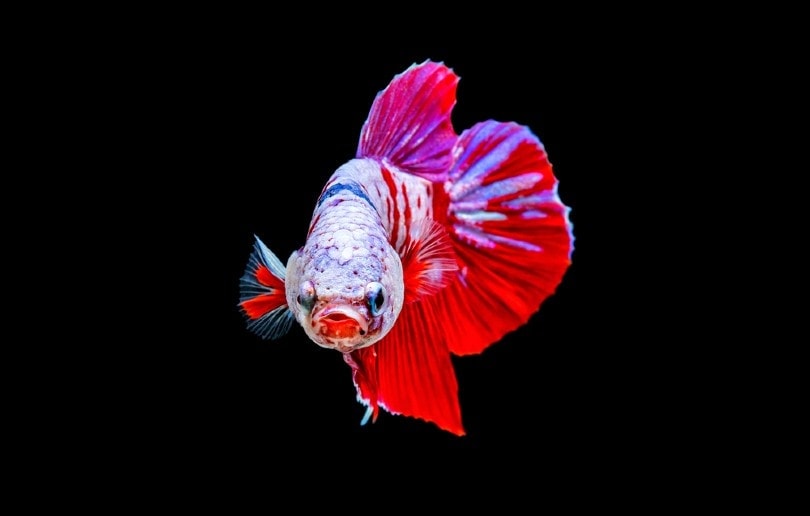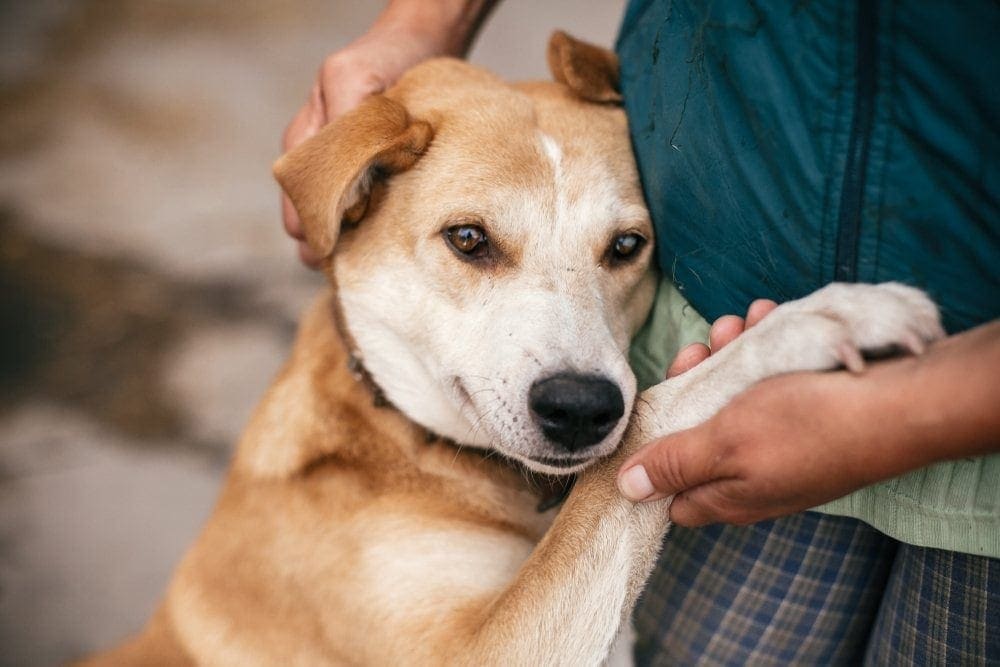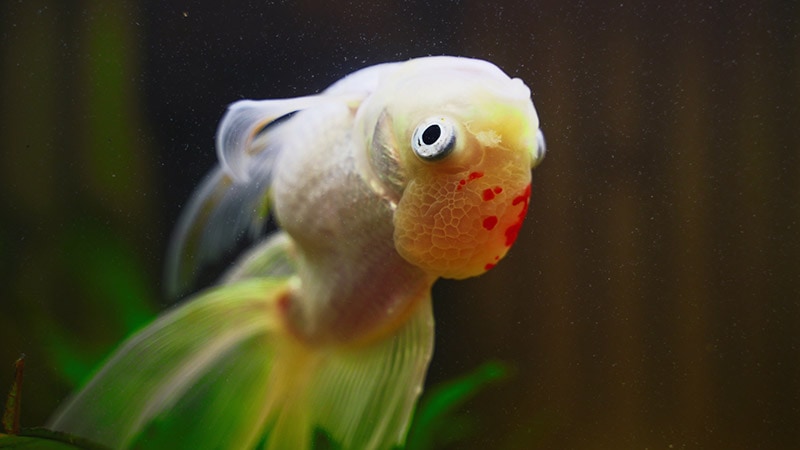Can Dogs Eat Apple Peels? Vet Approved Facts & FAQ

Updated on
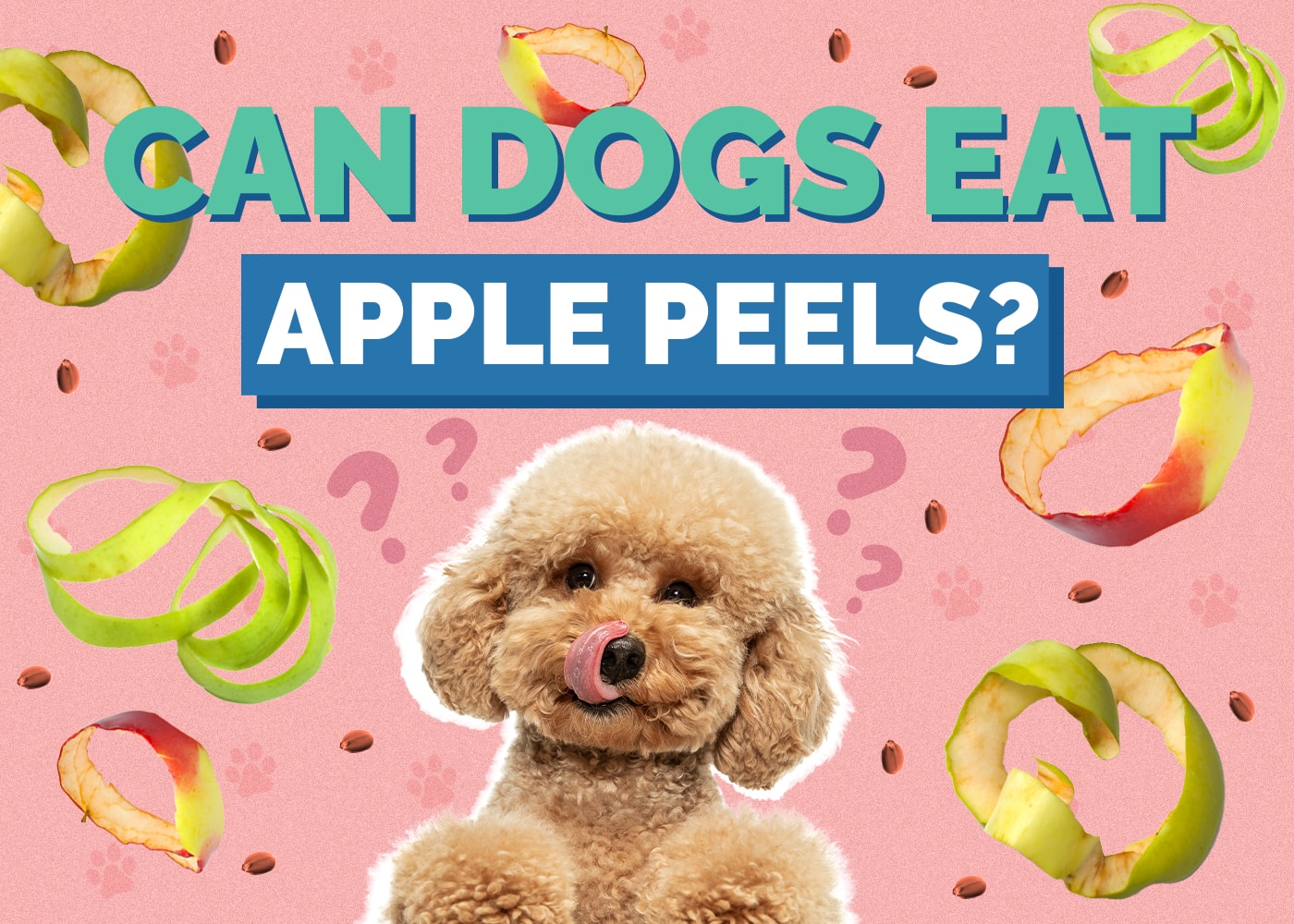
Many fruits are healthy snacks for our canine buddies. But when it comes to our dogs delighting in these sweet treats, certain parts of the fruit can be toxic. It seems there is some confusion about apples and what part dogs are allowed to eat. They say an apple a day keeps the doctor away, but is the same true for our dogs?
Absolutely, dogs can eat apples, peels included. However, you’re not out of the woods completely. Let’s discuss what the benefits and risks are when it comes to the whole apple.
Dogs Love Apples
You might find that apples are a real hit with your canine. Most dogs enjoy the sweet taste and nice crunch that comes with apple snacking. It’s a wonderful thing, too. Apples are full of powerful nutrients and benefits for your four-legged buddy.
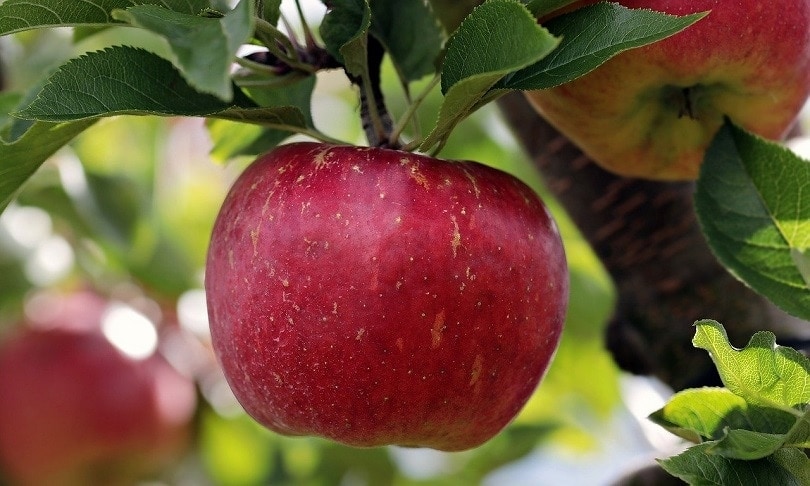
Types of Apples
There are several types of apples, and your dog may prefer some tastes over others. They are more inclined to like sweeter varieties rather than sour, as dogs don’t enjoy bitter flavors as much.
- Honeycrisp
- Gala
- Golden Delicious
- Jonagold
- Red Delicious
- Sweetie
- Ambrosia
- Fuji
Potential Health Benefits of Apples
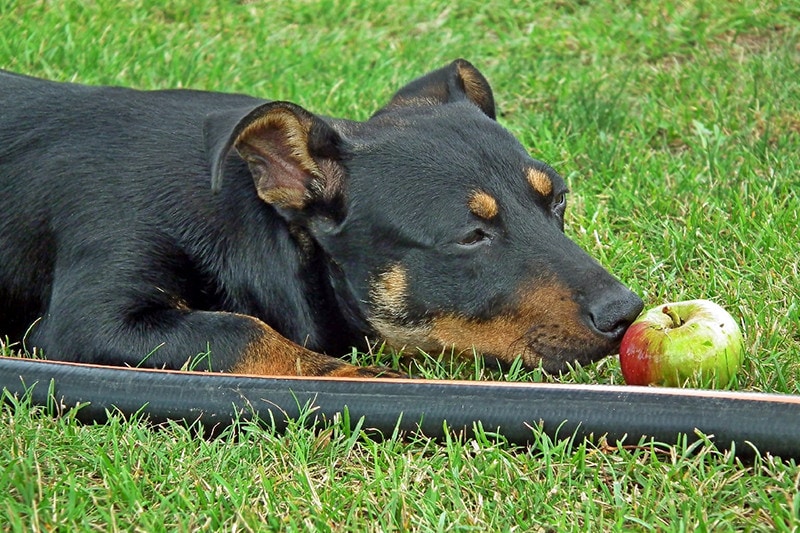
Apples have a wide variety of health benefits, flavors, and textures. You can even enjoy this snack with your dog because sharing is caring! Apples have so many healthy qualities for canines and humans alike.
- Loaded with Natural Prebiotics—Prebiotics help your dog with gut health, aiding in smooth digestion.
- Excellent for Dental Health— Crunching on apples may help clean teeth and freshen breath, allowing your dog to give you kisses that don’t smell like death.
- High in Dietary Fiber—Fiber is another digestive property. With regular fiber snacks, your dog can stay regular when it comes to potty time.
- Packed with Antioxidants—Antioxidants are compounds that battle against free radicals, which cause harmful cell damage in the body. They have what are called phytonutrients, which have anti-inflammatory properties and boost the immune system.
- High in Vitamins and Minerals—Apples contain riboflavin, vitamin B6, vitamins A, C, E, and K, potassium, phosphorus, and calcium.
Risks of Dogs Eating Apples with Skin
Even though apple peels are fine for your dog to eat, there are some precautions you should take.
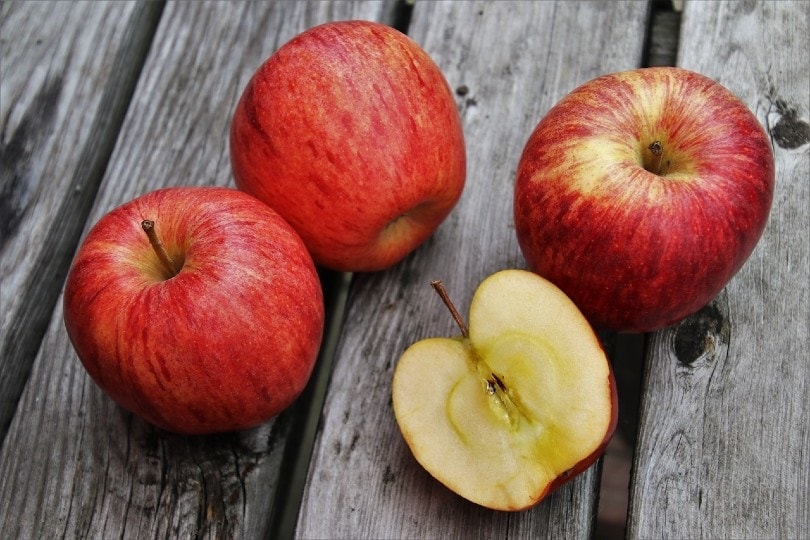
Pesticides
Many times, the outside of apples are treated with pesticides to keep bugs from eating the peel and getting inside the apple. Apples are very high on the pesticide list, ranking number 4 in a list of fruits and vegetables with the highest pesticide residue.
Washing your apple with baking soda and then rinsing it can remove a good bit of these chemicals, but it may not be enough for some. Also, too much baking soda isn’t good for dogs either, so make sure you wash it off afterward. Because of the harmful possibilities, many dog owners feel more comfortable peeling the apple before offering it to their pooch.
Seeds
No matter if you choose to feed your dog the peel of an apple, you will always want to remove the core. Apple cores alone are a choking hazard, but the seeds are also harmful—especially if your dog eats too many. The core may lead to a stomach or intestinal blockage, which needs urgent veterinary attention.
Apple seeds release small amounts of cyanide when they break down while chewing. So, if your dog is chewing on a seed, that cyanide may be released and absorbed into their system. Although a few won’t do much harm, it’s always best to remove them just in case.
The Importance of Organic Fruit
Choosing organic fruit reduces a lot of potential risks when it comes to dogs eating apples. The main reason is that organic fruit doesn’t have the same harmful chemical sprays that many peels harbor. So, if you are concerned about the peel, buy organic!
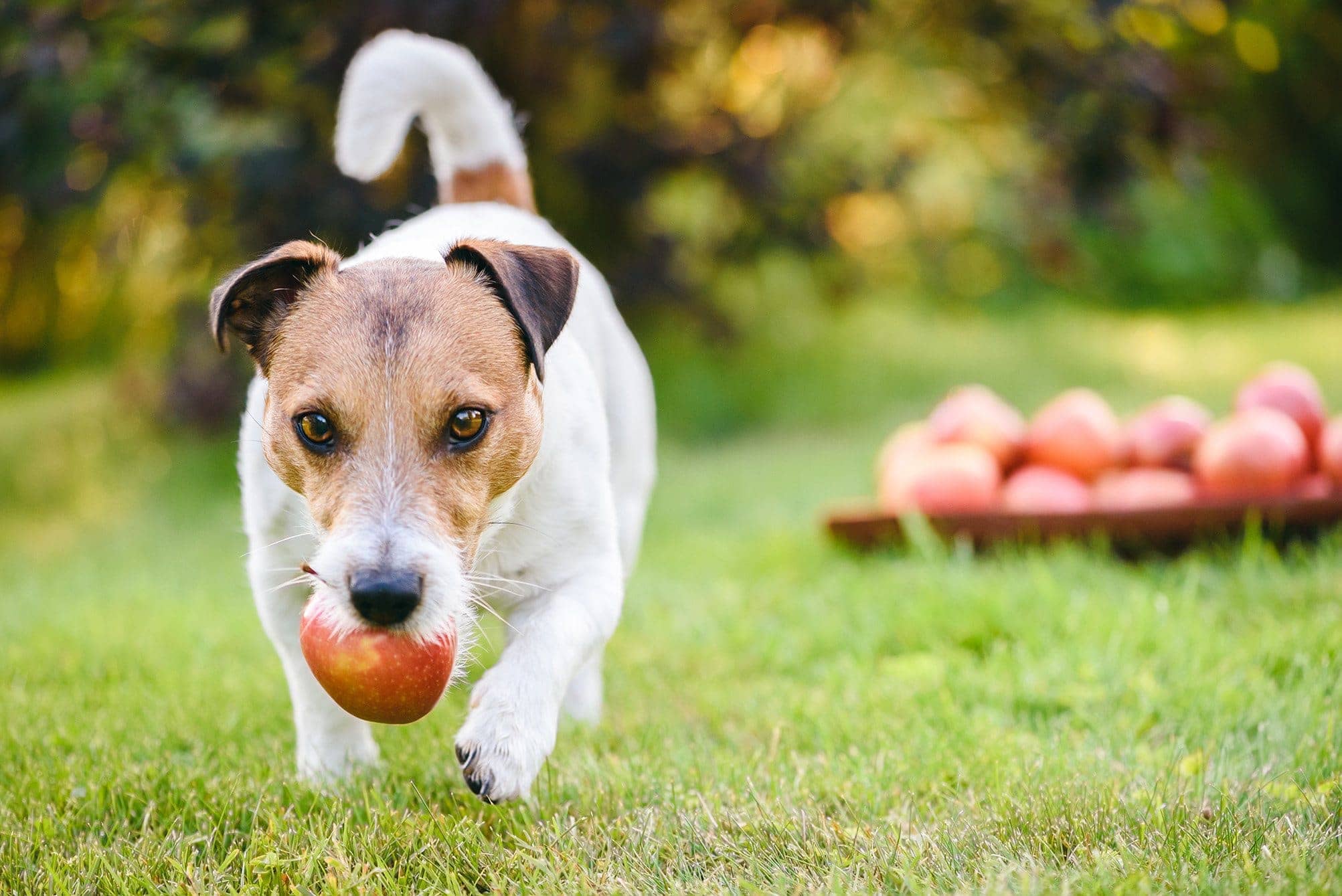
Apples & Dog Allergies
A less well-known perk of apples lies in a component called Quercetin. Also known as nature’s Benadryl, this compound in apples may help reduce allergies in people. However, there isn’t enough research about this in dogs, and it would likely need to be a very concentrated form of this compound to have an effect.
Quercetin may be able to “turn off” histamine and suppress inflammation.
Conclusion
So, now you know that apple peels are perfectly acceptable for your canine compadre to eat. Always remember to wash and core the apple before you give it to your dog. If you’re still iffy about the peels because of potential pesticides, you can always peel them or buy organic.
In any case, apples are a terrific, natural snack every dog should indulge in once in a while.
See Also:
- Can Dogs Eat Triscuits? Vet-Approved Health Review
- Can Dogs Eat Vanilla Wafers? The Interesting Answer!
Featured Image Credit: pasja1000, Pixabay




